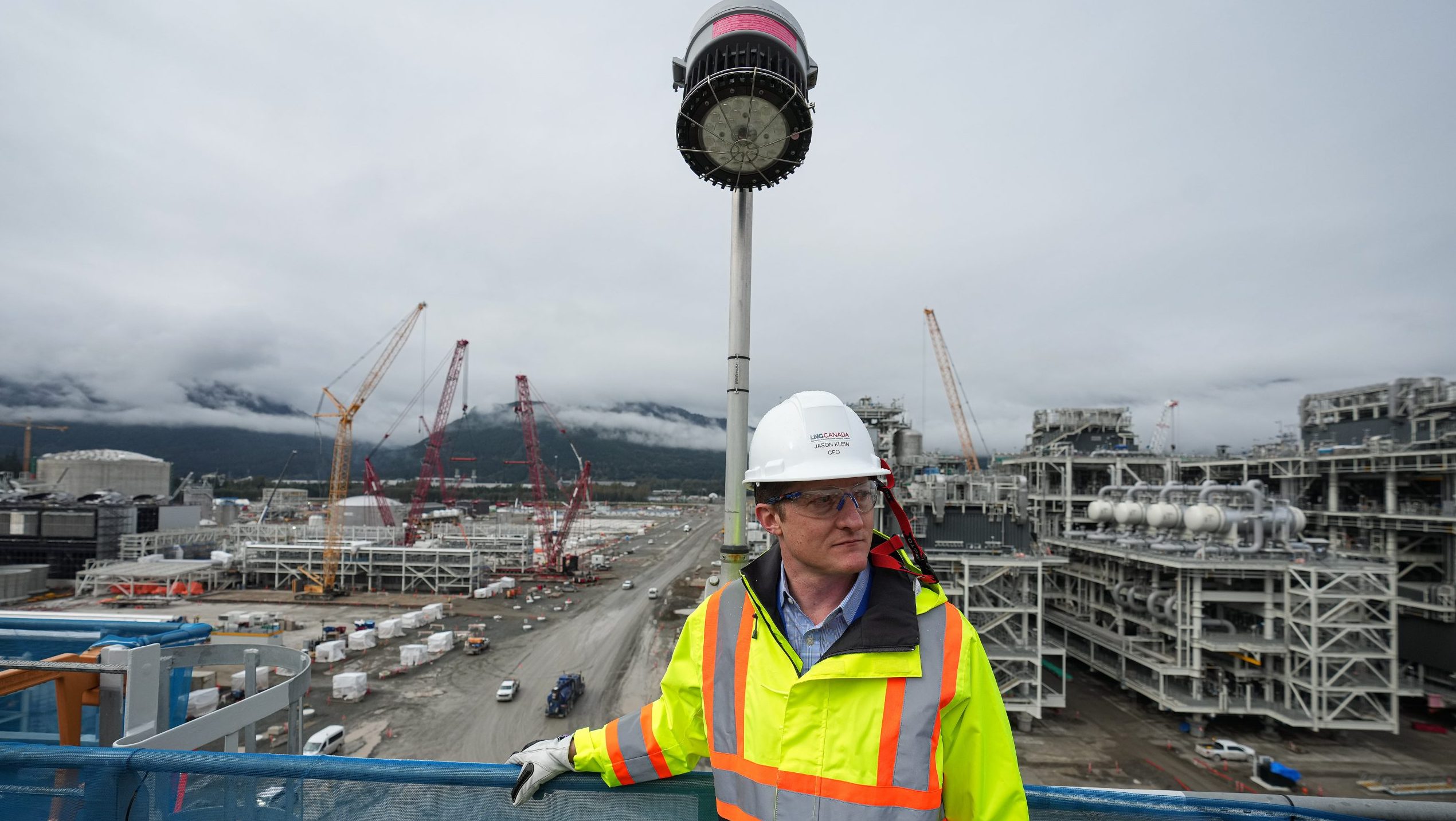
The world needs more liquefied natural gas (LNG) projects to meet rising demand as Europe emerges as a key import region, according to the latest industry outlook.
Europe’s LNG imports increased by 60 per cent last year to replace pipeline gas from Russia, Shell reported this week. Analysts expect Europe’s LNG requirements to nearly double by 2030, reaching 140 million tonnes compared to about 73 million tonnes in 2021.
“More investment in supply will be needed to meet future LNG demand,” Shell said in its LNG Outlook 2023.
“Gas will be needed in the long term to balance energy systems as the world transitions to a lower-emission future.”
Total world LNG demand reached 397 million tonnes in 2022, an increase of 16 million tonnes from 2021. France, the U.K., Netherlands, Spain, Belgium and Italy led growth in LNG imports.
In a move Shell called “the power of effective policy making,” last year Europe was able to set up two new LNG import terminals in just six months.
In Germany alone, six new floating LNG storage and regasification terminals are expected to come online by the end of 2023. Germany recently received its first ever LNG shipment from the Middle East, according to industry reports.
The U.S., Norway, Malaysia, Qatar and Russia drove LNG supply growth in 2022, Shell said.
The first LNG project to export Canada’s vast available quantities of natural gas is expected to start operating in 2025. Expansion of the LNG Canada project also has potential to proceed, with pipeline operator TC Energy recently reporting it has been asked to start evaluating Phase 2.
Meanwhile, construction is expected to begin this year on the long-awaited smaller scale Woodfibre LNG project, with the first exports planned for 2027. The proposed Cedar LNG project, owned 50 per cent by the Haisla Nation, is awaiting a decision on whether it can proceed by provincial and federal regulators.
“Cedar LNG is at a critical point with what’s happening globally in the energy sector,” Haisla chief councillor Crystal Smith told CEC earlier this year.
While LNG from Canada’s west coast is expected to be mainly destined for Asia, it could help meet demand in Europe by diverting other world shipments, according to analysts with Wood Mackenzie.
“More western Canadian LNG would allow a lot of the other sources to go to Europe. It’s like a domino,” said Matthias Bloennigen, Wood Mackenzie’s director of Americas consulting.
Total world LNG demand is expected to reach 700 million tonnes by 2040, a more than 75 per cent increase from 2022, Shell said.
The unaltered reproduction of this content is free of charge with attribution to Canadian Energy Centre Ltd.